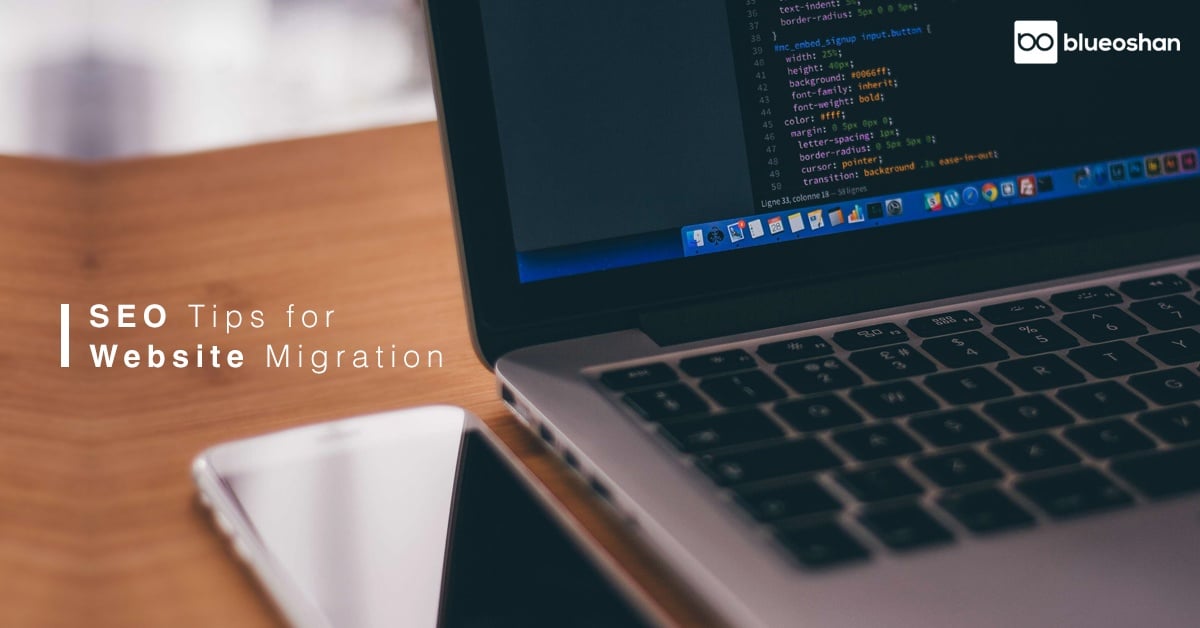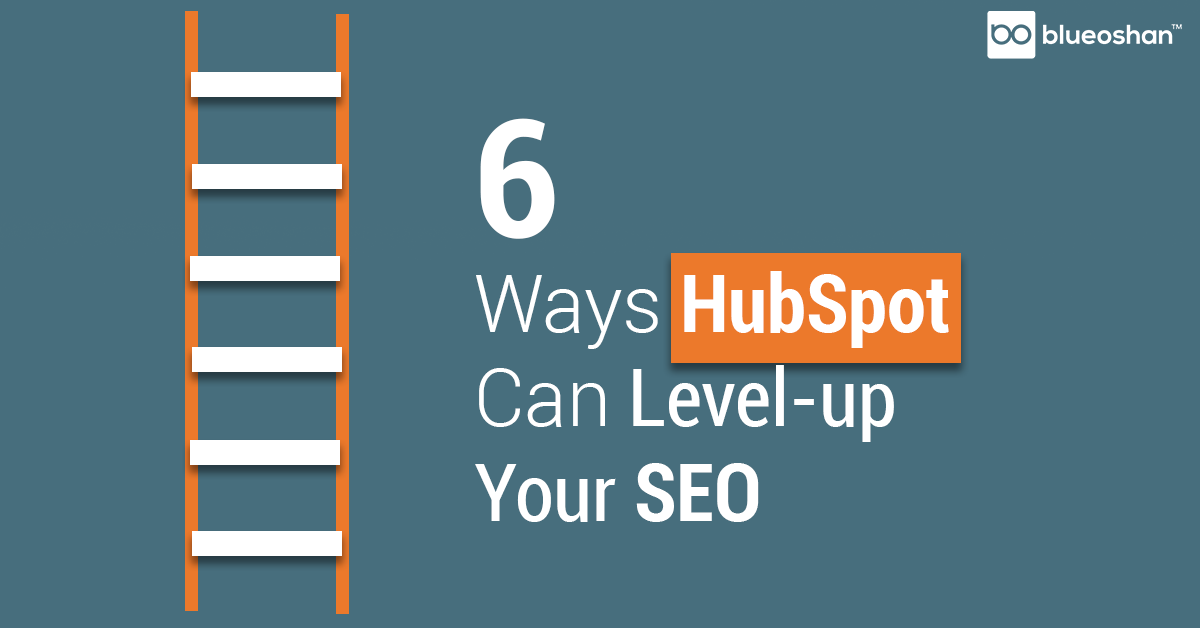-
MarTech Services
- HubSpot
- OneSignal
HubSpot
Technical Consulting
Partner with experts who understand your HubSpot systems and business needs inside out.
Revenue Operations
Drive revenue growth with tailored RevOps strategies designed for HubSpot users.
Hubspot Integration Services
Seamlessly integrate HubSpot with your existing tools to enhance operational efficiency.
Sales Enablement
Boost your sales team’s efficiency with focused HubSpot Sales Enablement solutions.
CRM Data Migration
Effortlessly migrate your CRM data to HubSpot with precision and support.
Hubspot Onboarding
Efficiently onboard clients to HubSpot, ensuring a smooth transition and rapid platform adoption.
HubSpot Administration
Maximize your HubSpot investment with expert management and optimisation tailored for HubSpot clients.
Marketing Assets Development
Develop, deploy, and manage digital assets, ensuring a fresh and engaging presence.
-
Solutions
-
Website Services
Website Development
We bring together expertise, creativity, and measurable results, making us the go-to choice for HubSpot website creation.
Website Migration
Our approach to website migration goes beyond a technical transfer; we prioritize a user-centric experience.
Website Maintenance
Optimize your online presence with effective, growth-driven websites focusing on nurturing website visitors, creating and deploying content, and tracking progress with precision.
Website Audit
Is your website performing at its peak? Our CMS Consultants are here to help you find out with our comprehensive Website Audit service.
-
Resources
-
Company
Clients
We have worked with clients from various industries across the globe, making our journey diverse and exciting.
Team
We put decades of experience where our mouth is. So what you get is market-tested and tried, not theory. We believe in plain speak, which we believe works better than jargon.
Solutions Partner
BlueOshan is not just a partner; we are among the most experienced and adept in the HubSpot ecosystem.
- Contact Us
SEO Tips for Website Migration

Shantha Kumar
June 8, 2024

Migrating your website to HubSpot Content Hub is an excellent step toward enhancing your content management and marketing efforts. However, it's crucial to handle the migration carefully to maintain your hard-earned SEO rankings and traffic. Here are some essential SEO tips to ensure a successful transition:
Assess the Need for Migration
Before diving into the migration process, evaluate whether it's truly necessary. Ideally, search engines will recognize your new site on HubSpot as a continuation of your original one, but temporary traffic loss is almost inevitable.
SEO experts often recommend migration only if it involves significant improvements such as rebranding, fixing broken links, or moving to HTTPS. Make sure these benefits justify the potential risks and effort involved.
Conduct Comprehensive Tests in a Sandbox Environment
Perform extensive testing in a sandbox environment before going live with your HubSpot site. A sandbox allows you to simulate the live environment, ensuring all links work, content is properly organized, and images load quickly.
This step is crucial to identify and fix any issues before they can impact your live site. Only proceed with the migration once you are confident that everything functions smoothly in this controlled setting.
Preserve Your Google Analytics Data
Before starting the migration, back up your existing Google Analytics data. This will enable you to compare traffic before and after the migration. By conducting a side-by-side analysis, you can determine if the migration to HubSpot was successful.
If you observe a decline in traffic or notice popular pages underperforming, it may indicate issues with authority transfer to the new site.
Leverage HubSpot’s SEO Tools
HubSpot offers a suite of built-in SEO tools designed to help you optimize your site during and after migration. Utilize these tools to get comprehensive SEO recommendations for on-page elements like meta tags, headers, and content structure.
HubSpot’s Content Strategy tool can help you organize your content around core topics and subtopics, enhancing search visibility and ensuring a cohesive content architecture.
Monitor and Optimize Post-Migration
Once your site is live on HubSpot, closely monitor its performance using HubSpot’s SEO analytics and integration with Google Search Console. Track traffic patterns and identify any dips or issues that need attention.
Regularly check for broken links, slow-loading pages, and other factors that could negatively impact your SEO performance. Continuous monitoring and optimization are key to maintaining and improving your rankings.
Communicate Changes to Search Engines
After migrating, update your sitemap using HubSpot’s SEO tools and submit it to search engines. This helps ensure that search engines are aware of the changes and can crawl your new site structure effectively.
Additionally, set up 301 redirects from your old URLs to the new ones to preserve link equity and minimize traffic loss. Properly implemented redirects are critical for maintaining your SEO authority.
Migrating to HubSpot Content Hub offers many advantages, but it's essential to manage the process carefully to protect your SEO performance. Solutions partners such as BlueOshan can help you migrate your website to HubSpot seamlessly.
By assessing the need for migration, conducting thorough tests, preserving analytics data, leveraging HubSpot’s SEO tools, monitoring post-migration performance, and effectively communicating changes to search engines, you can ensure a smooth transition.
Following these SEO tips will help you maintain your search engine rankings and continue driving traffic to your site during and after the migration.

Shantha Kumar
kumar@blueoshan.comKumar is a Digital Marketer with 28 years of international experience. He has specific expertise in consulting, designing and implementing technology driven, Inbound Marketing Solutions. Aside from writing our blogs, he practices yoga, loves to trek, travel, and read biographies. He is believer of traditional Indian medicines and healing methods.
Related Articles

June 7, 2024

February 13, 2024

June 7, 2024